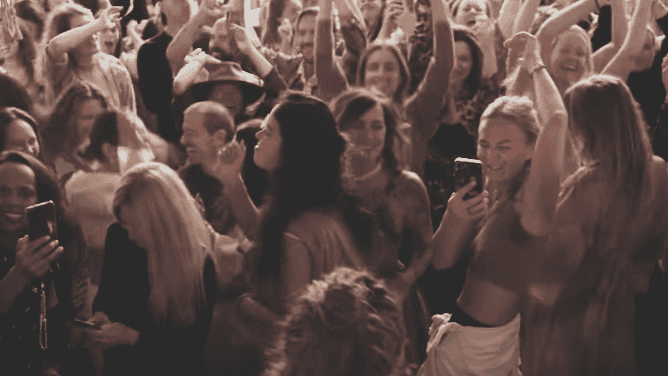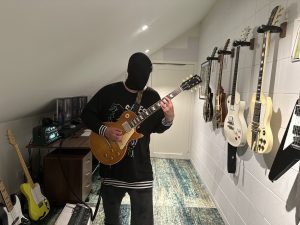A Lisbon video moment triggers a 12x surge in Foreigner airplay, tracked in real time by WARM’s monitoring platform
An unexpected resurgence in global radio airplay for Foreigner’s 1984 hit “I Want to Know What Love Is” has highlighted the evolving connection between social media virality and traditional media formats.
The trigger was a video posted from a DJ set at a Sunday daytime party in Lisbon—an event that went from a local celebration to a global case study in how a single moment can ripple through radio programming worldwide.
WARM, a platform that monitors global radio airplay in real time, identified the spike in broadcasts across multiple countries, offering music professionals a detailed view of how and where the trend took hold. At the center of this surge was a 12-year-old unofficial remix, a well-timed Instagram post, and a uniquely trackable viral loop between digital audiences and analog media.

In February 11, a video filmed by Portuguese creative Joanna Lopes captured a euphoric moment during a set by DJ Linus Eliasson at the Lisbon event Boogie & Brunch. The soundtrack was a bootleg club edit of “I Want to Know What Love Is.” Within days, the video had gained over 1.4 million views and 50,000 likes on Instagram, with radio stations around the world resharing the clip.
By February 13, WARM’s airplay data began to show a dramatic increase in broadcasts of the original Foreigner track. From just 100 daily plays, the number jumped to 1,000 in a matter of 48 hours. “We saw the signal almost immediately,” says Jesper Skibsby, CEO of WARM. “The radio plays began multiplying across countries in nearly simultaneous timeframes.”

The airplay increase was not only fast but widespread. WARM’s monitoring system showed a tenfold increase in some markets, a fiftyfold rise in others, and a peak of 12 times more radio plays worldwide compared to the week prior. “It wasn’t just a bump—it was a synchronized reaction across radio ecosystems,” Skibsby explains. It’s now late May and the plays remain.
This trend offered immediate value to industry professionals. For labels, the unexpected bump in airplay represented a renewed commercial opportunity for a catalog track. For booking agencies, it became a moment to spotlight the DJs and curators driving organic engagement. WARM‘s personalized reports enabled teams to track this development in real time, helping them assess the impact with geographic precision.
As Skibsby notes, “When you’re able to track global radio airplay down to the country and station level, you’re not guessing. You’re making decisions based on verified reactions—like this one—that are happening across platforms.”

The Foreigner case underscores how authentic audience reactions, captured and amplified online, can still activate traditional media in powerful ways. It also reveals how radio, often considered slow to respond to digital moments, can in fact move rapidly when the cultural signal is strong enough—and when the tools to detect it are in place.
Platforms like WARM make these movements visible. Without real-time radio monitoring, this surge in airplay might have remained anecdotal or been spotted too late to act on. For professionals working across catalog marketing, rights management, bookings, or sync licensing, the ability to pinpoint these trends offers a measurable advantage.

“The industry talks a lot about ‘bridging the gap’ between digital and traditional media,” says Skibsby. “Sometimes that bridge is already built. You just need to see the traffic moving across it.”
As social platforms continue to shape music discovery, their interplay with radio is entering a new phase. Viral moments no longer live in isolation—they echo across formats, reviving songs, reshaping campaigns, and revealing new entry points for audience engagement. WARM‘s case tracking shows that understanding these patterns isn’t a matter of luck—it’s a matter of data. The original article was published in the CEO’s newsletter on Linkedin.






